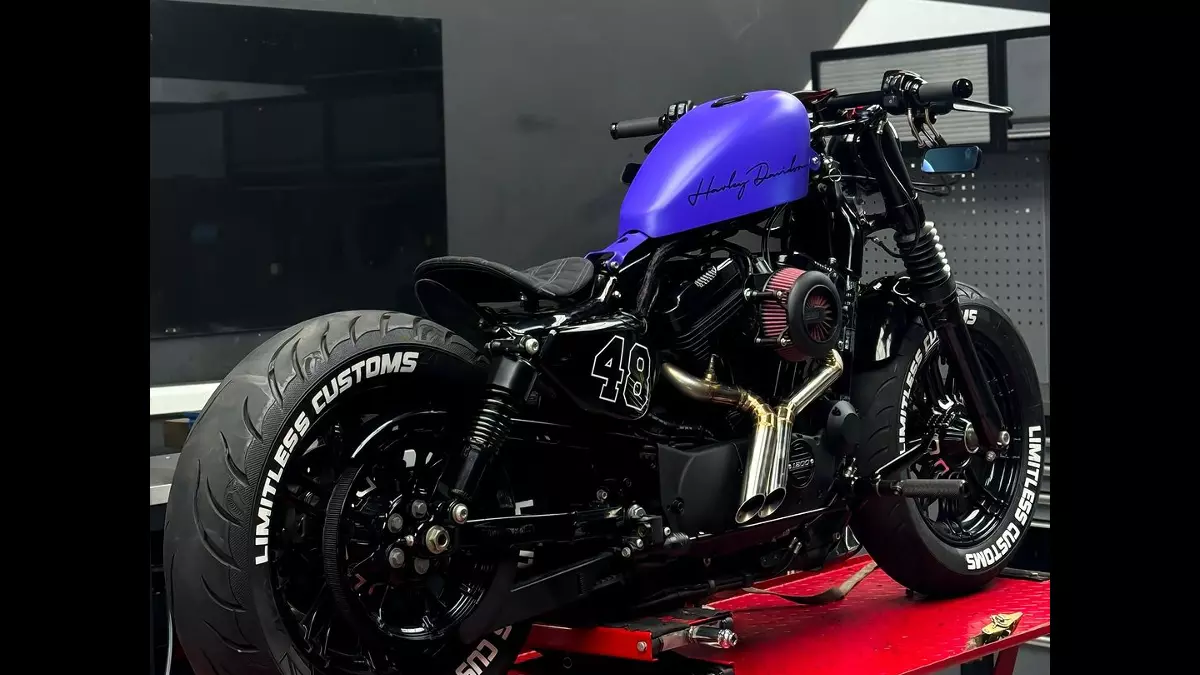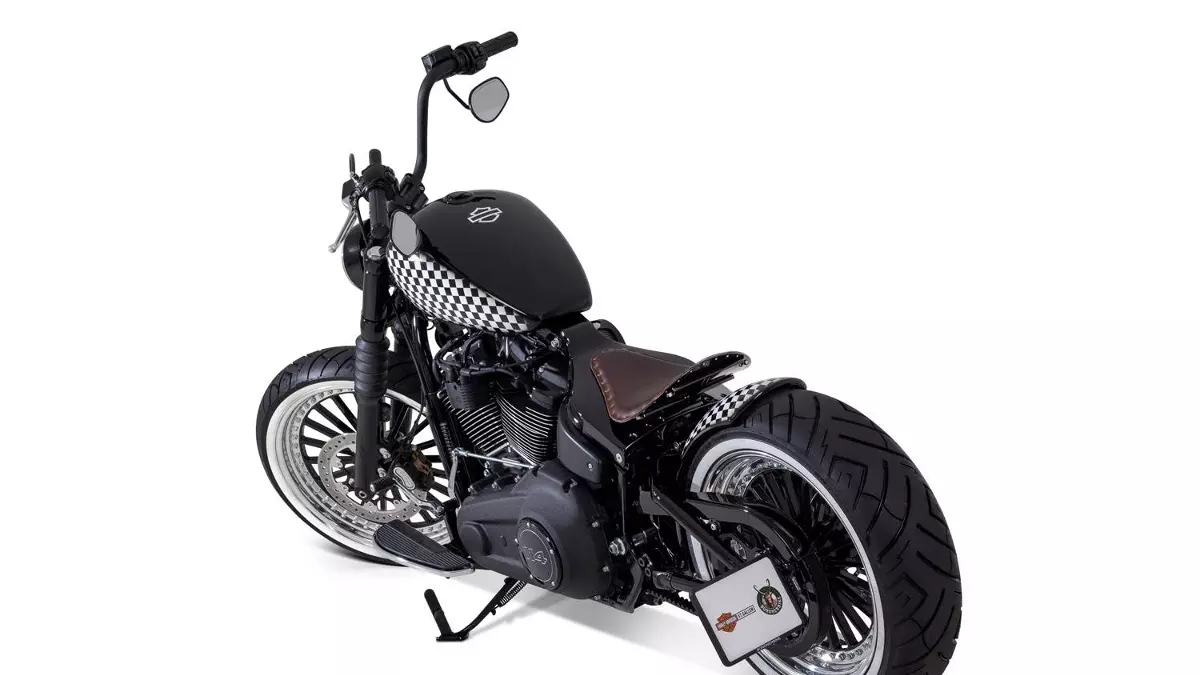Choose your bobber

Harley-Davidson Night Rod ‘Bobber Black’ by Fiber Bull

Triumph Bobber Black Custom by Red Cafe Custom

1200XL Forty Eight ‘Cadburys Purple’ by Limitless Customs

Harley-Davidson Sportster 48 by @Capo1982

HD FXBB Street Bob ‘Bobber’ by BT Choppers

Bobber motorcycle generated by AI

Harley-Davidson ☠️ Forty-Eight by @Joforty_8

Harley-Davidson Sportster bobber by Limitless Customs

H-D 48 Sportster 2018 by Limitless Customs

H-D Forty Eight Sportster 2019 by Limitless Customs

Sportster Custom Bobber by California 777 Customs

Harley Davidson Street Bob ‘Jekill&Hyde’ by Bündnerbike
The origins of the bobber motorcycle style can be traced back to the post-World War II era in the United States.
Veterans returning home were drawn to the stripped-down look and enhanced performance of modified motorcycles, often using surplus military motorcycles as a base. These early bobbers were characterized by shortened fenders, removed or reduced components, and sometimes a lowered stance. The minimalistic style was embraced by outlaw motorcycle gangs and became associated with a rebellious attitude.
Over the years, the bobber style evolved and spread internationally, with enthusiasts in Europe and Asia putting their own spins on the classic design. One hallmark of the modern Bobber Custom is the wide rear tire, which can be up to twice the width of the front tire. Other typical features include ape hanger handlebars, a solo seat, and a rigid frame. The engine is often a V-twin, with Harley-Davidson and Indian motorcycles among the most popular donors for customization.
Bobbers are typically not associated with speed or racing, but rather with a laid-back cruising experience and a focus on style. The stripped-down aesthetic relies on careful attention to detail and high-quality workmanship. In recent years, the bobber style has seen a resurgence in popularity, with both DIY builders and professional shops creating stunning bespoke designs.
One aspect of bobber culture that sets it apart from other motorcycle subcultures is its emphasis on individualism. While there are certain elements that are considered classic bobber features, such as the aforementioned wide rear tire, there is a wide range of customization options beyond these basics. Each bike reflects the personality and preferences of its owner, with everything from paint colors to exhaust systems being chosen for their unique appeal.
In conclusion
The bobber motorcycle style is an enduring symbol of American motorcycle culture, blending elements of military surplus, outlaw attitude, and individualized design. Its stripped-down aesthetic and emphasis on customization have kept it relevant through the years, sparking creative expression among enthusiasts worldwide. Whether you’re a builder, rider, or just an admirer, the Bobber Custom style is sure to continue to turn heads for years to come.